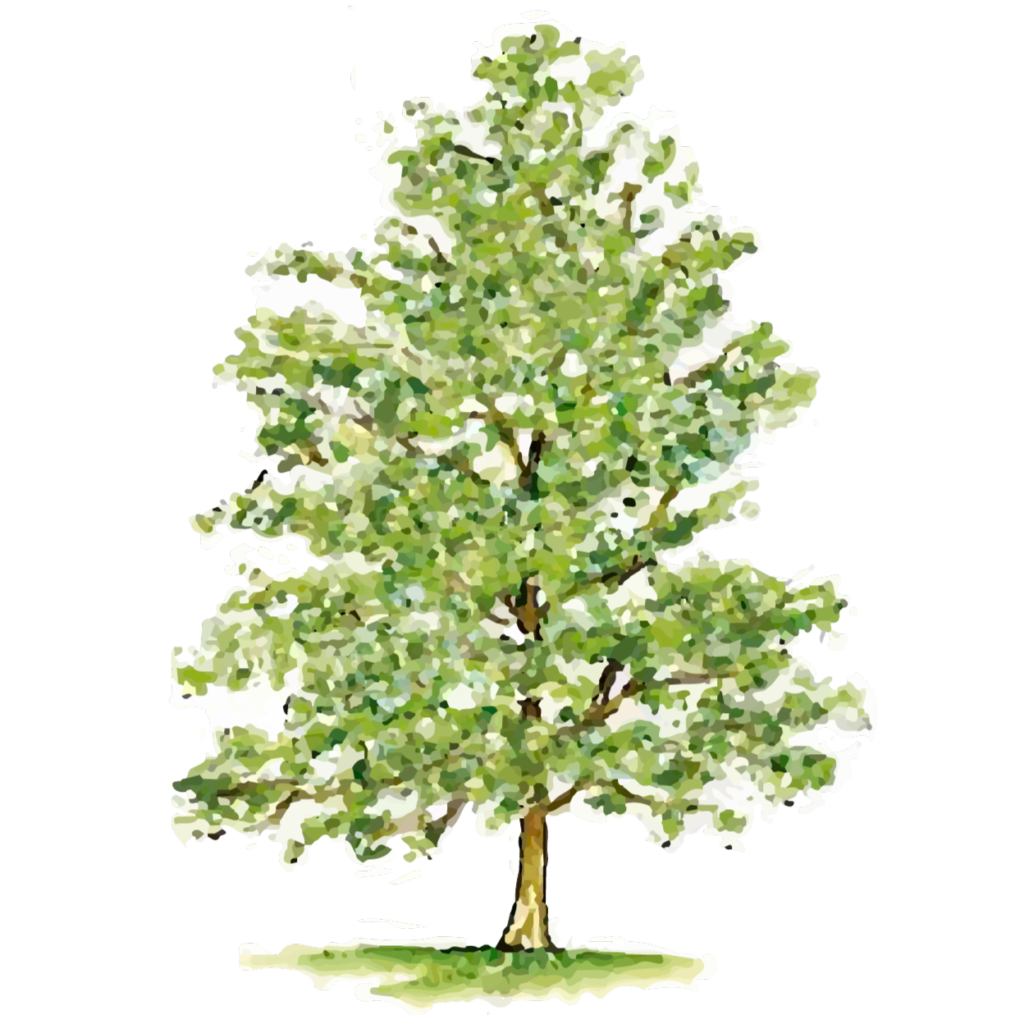Nagaland – Alder Tree

Common Name: Alder Tree, Nepal Alder, Himalayan Alder
Local Name: Alnas (Mizo), Utis (Hindi), Rupo (Angami)
Scientific Name: Alnus nepalensis D. Don
Description: It is a fast-growing large deciduous tree with smooth, grey, or dark-grey colored bark. To grow, the alder trees do not require fertile land but prefers permeable soils and moist climate. The bark of the tree is a source of tannin and is often used for making boxes and as firewood. The roots of the tree are used in the treatment of stomachache, dysentery, diarrhea, etc. The root nodules are also capable of fixing atmospheric Nitrogen and therefore this tree is planted after the fire in Jhum cultivation in Nagaland.
Economic Importance:
Timber: Alder wood is used in construction, furniture making, and as firewood. It is lightweight, relatively soft, and easy to work with.
Fuel: The wood of the Alder tree is used as fuel for cooking and heating purposes.
Ecological Importance: Alder trees play a crucial role in stabilizing riverbanks and preventing erosion. They also provide shade and habitat for various wildlife species.
Traditional Uses: In some Naga communities, parts of the Alder tree are used in traditional medicine for treating ailments such as fever and stomach disorders.
Cultural Significance: The Alder tree holds cultural significance in Naga folklore and traditions. It is often associated with myths, rituals, and customary practices.
